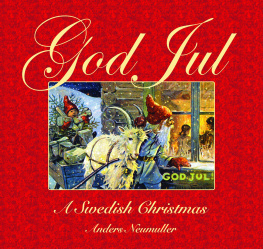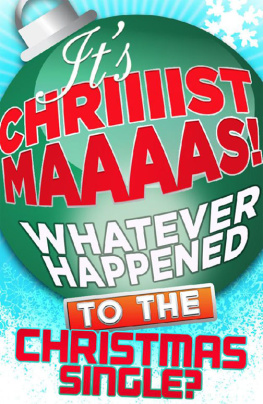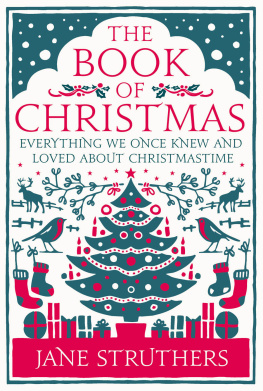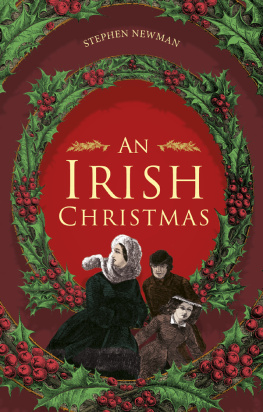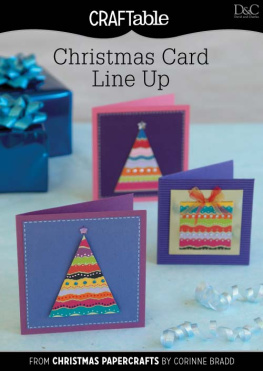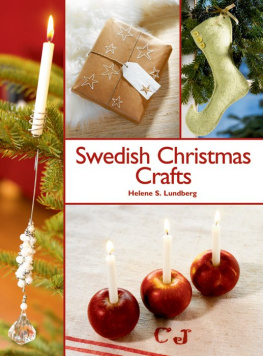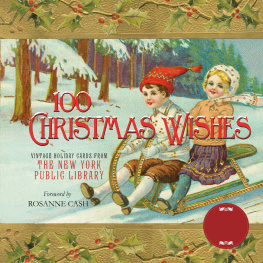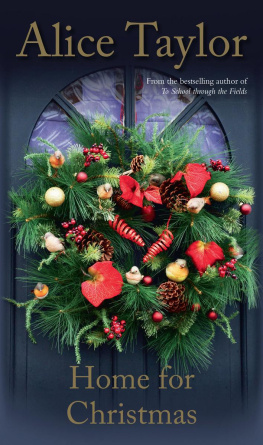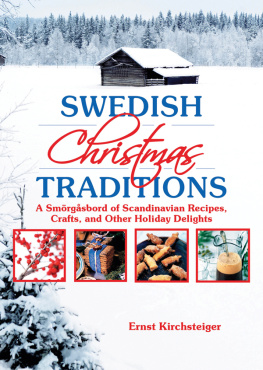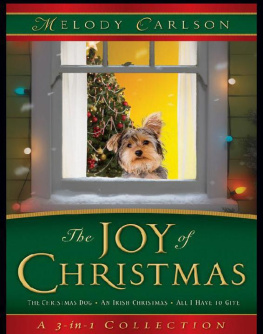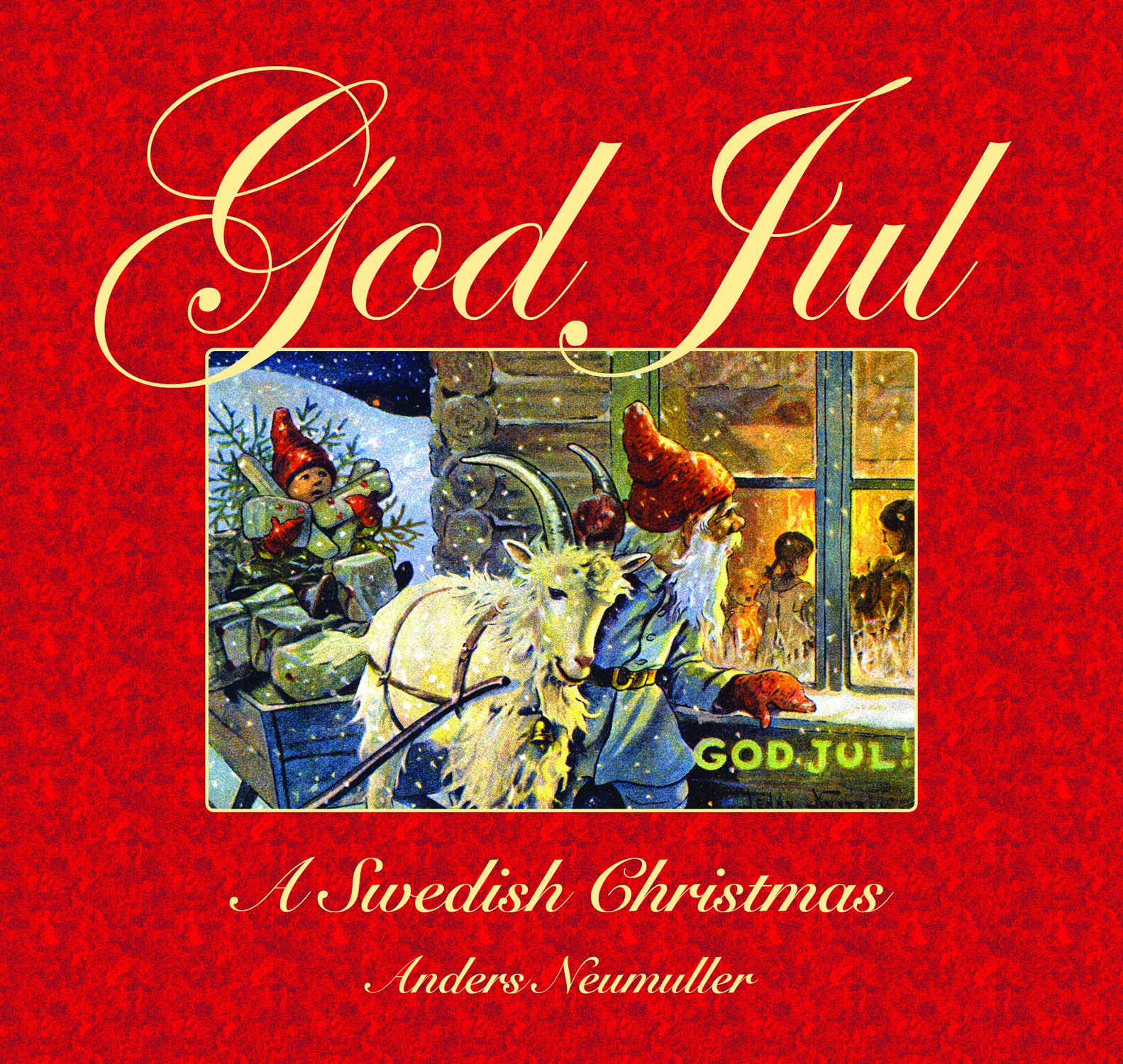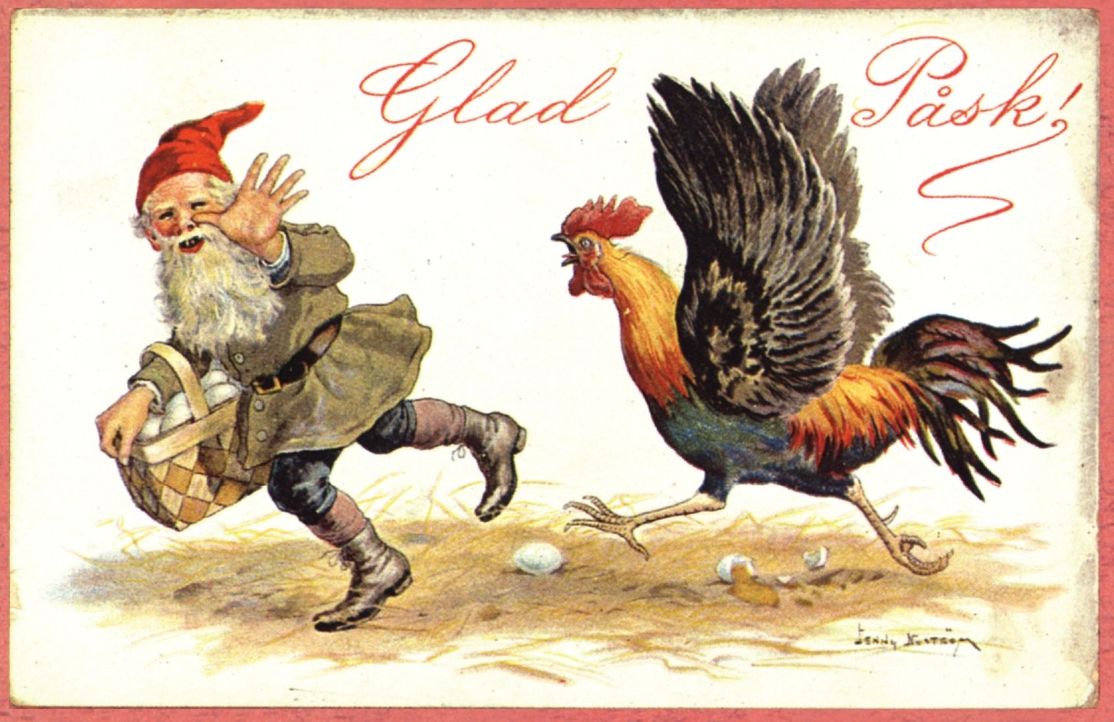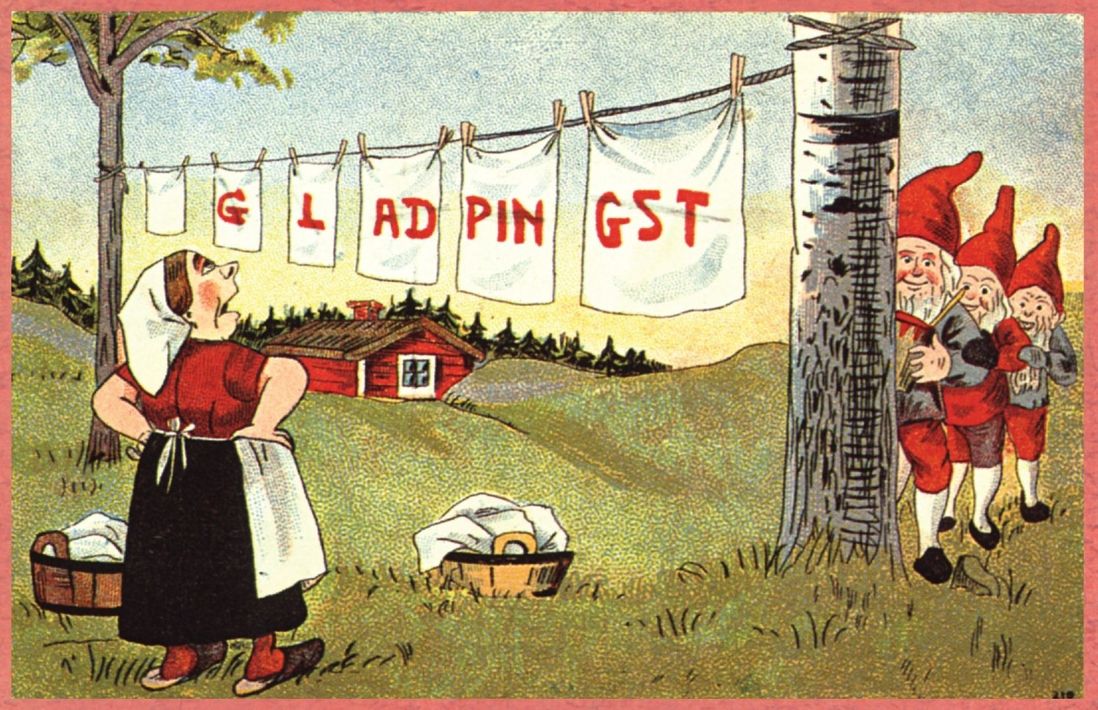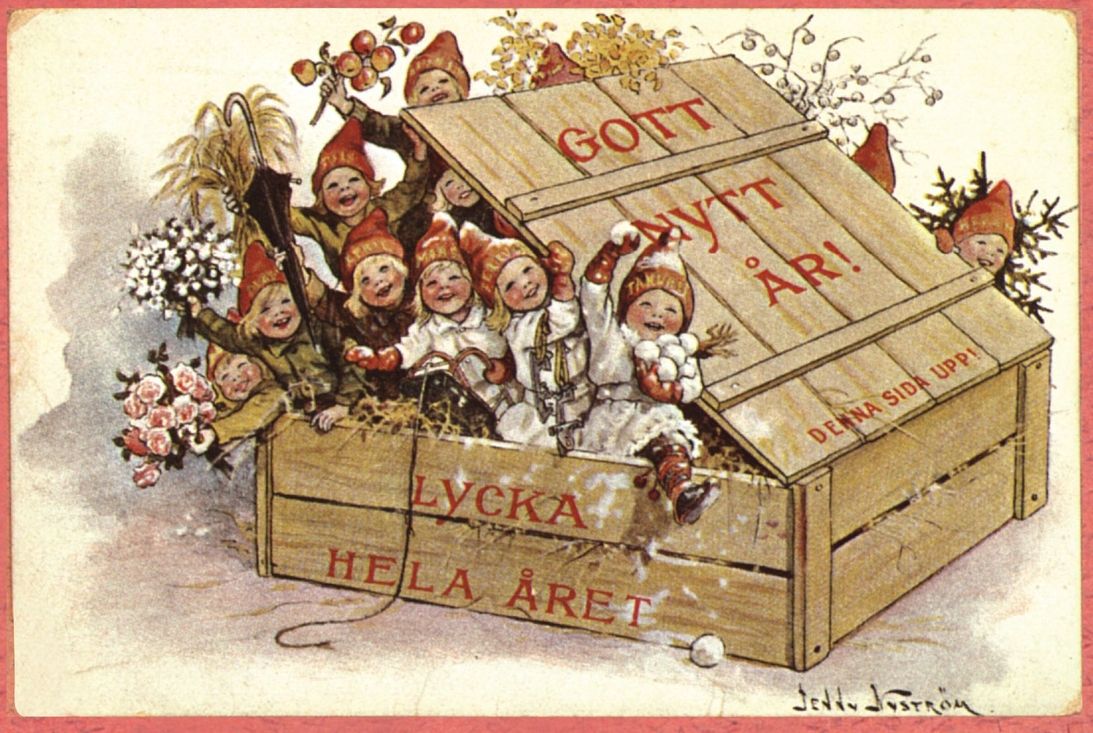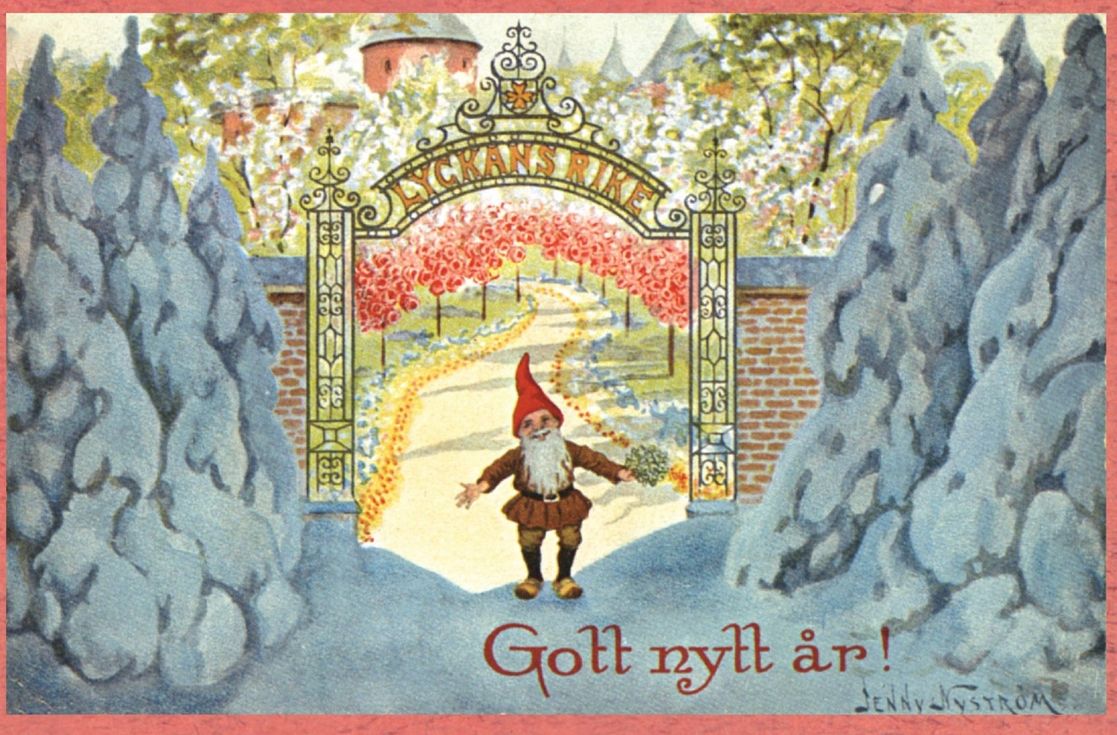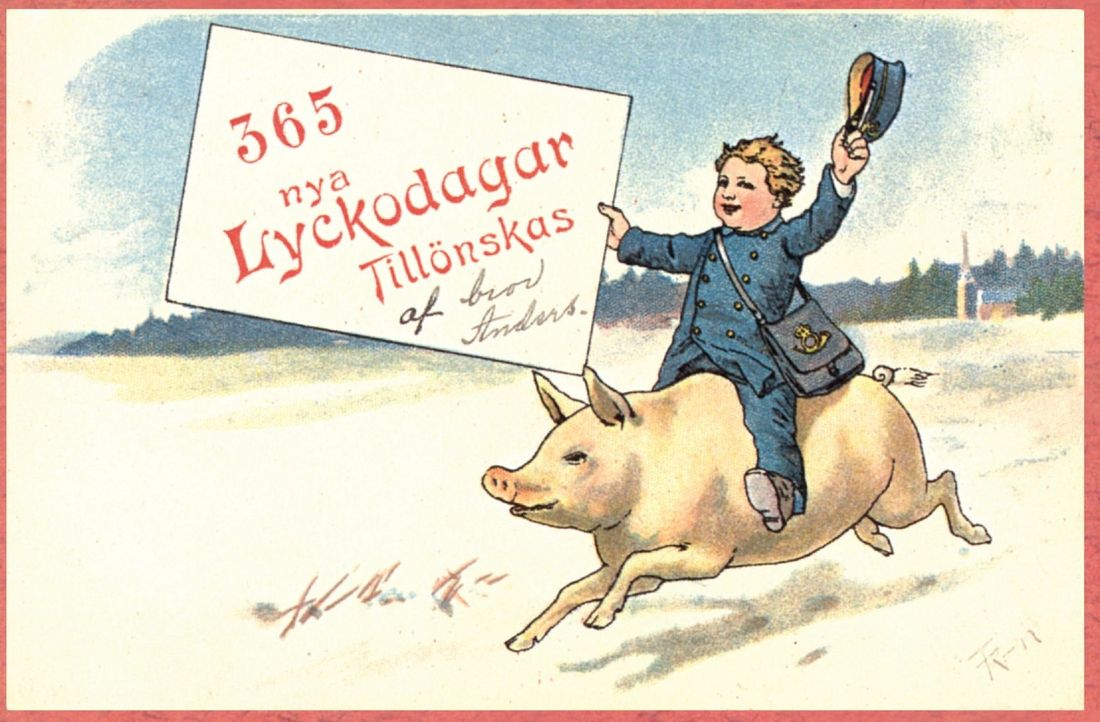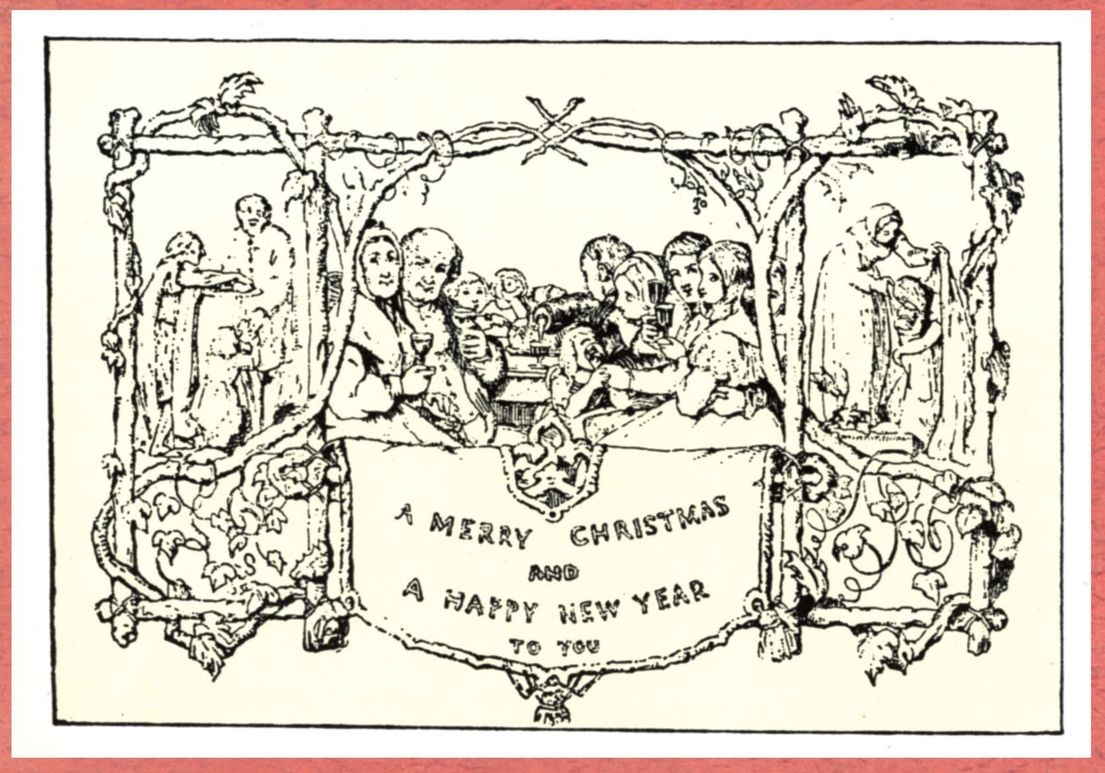Postscript
Sources Most of the cards are from Anna-Lisa Cederlunds huge collection. The Aina Stenberg cards were lent by her daughter Karin Jansson MasOlle. Other cards are from Postmuseum, Nordiska Museet, and the authors own collection. The text has been updated by the author for this English translation. Apart from interviews and newspaper articles, the following books have served as sources:
Ehrensvrd, Ulla Den Svenska Tomten (Svenska Turistfreningens frlag 1979)
Ehrensvrd, Ulla Gamla Vykort (Bonniers 1972)
Holt, Tonie and Valmai Picture Postcards of the Golden Age (MacvGibbon & Kee, London 1971)
Jder, Karl och Astrid Jenny Nystrm (Gummesons 1975)
Keyland, Nils Julbrd, Julbockar och Staffanssng (Svenska Teknologfreningens frlag 1919)
Liedholm, Alf Julens ABC (Forum 1971)
Nilsson, Martin Festdagar och Vardagar (Norstedts & Sners Frlag 1925)
Olsson, Marianne (Editor) Julen Fr 100 r Sedan (Tre Tryckare 1964)
Swahn, Jan-jvind God Jul! (Bonniers 1966)
Tillhagen, Carl-Herman (Editor) Glada Juledagar (Tre Tryckare 1965)
White, Gleeson Christmas Cards and Their Chief Designers (London 1895)
Jenny Nystrm, Axel Eliassons Konstfrlag, Stockholm 1908.
Next spread:
Aina Stenberg, Eskil Holm, Stockholm 1939 (1967).
Jenny Nystrm, Axel Eliassons Konstfrlag, Stockholm 1916.
Jenny Nystrm, Axel Eliassons Konstfrlag, Stockholm 1913.
Collecting Christmas Cards On December 23, 1939, an article in a Stockholm paper ended with the prophetic lines: And we youngsters should perhaps consider collecting the Christmas cards of 1939. One day they will have a cultural value. The Christmas card is almost as old as the stamp and has now acquired a collector value. There are many devoted collectors in Sweden and abroad. Many Swedish cards fetch high prices at online and traditional auctions or at the specialized postcard antiquarians. Furthermore, Jenny Nystrms paintings as well as her Christmas card originals are highly coveted at auctions. This notwithstanding, the Christmas cards you received this year and the ones you may have kept are well worth a second look and perhaps even an album.
How to Date Cards If it is hard to read the postmark on an older Swedish Christmas card, the back of the card can give you quite a bit of information. Until 1905, there was a designated space for name and address on the back of Brefkortet (see page 4). In 1900, the words Carte Postale were often added to Brefkort . After a spelling reform in 1906, most cards were spelled Brevkort . Between 1905 and 1910, Brevkort was sometimes translated into as many as 13 different languages. After 1910, there was just Brevkort , Carte Postale, or nothing at all. After 1930, there are sometimes series of numbers on the cards. The four numbers 3717, for example, tells you that the card was printed in 1937 and that the card was number 17 on the sheet. The number 225 on the other hand, shows a suggested retail price of SEK 2.25.
When You Are Waiting for Something Good...
The Celebration of the Year It is no coincidence that in Sweden the most important celebration of the year takes place during the darkest and most inhospitable season of the year. Christmas brightens Swedish life and gives us something to look forward to during the rest of the year. Christmas traditions have changed almost entirely during the last four to five generations. Many of what are considered to be ancient traditions, handed down from generation to generation, were actually unknown to Swedish forefathers. We have let go of customs that have lost their significance and acquired new and imported ones that we feel have added something more meaningful to the celebration of the year.
The Visual Christmas Ideal One of Swedens youngest traditions is the Christmas card. It would be hard to imagine Christmas without them. When Swedes conjure up a picture of Christmas in their imagination, they see something that has been depicted on a Christmas card. The background and the people may be a bit different, but the set-up has been available for sale on a 4 6-inch piece of cardboard. Swedish image of a real Swedish Christmas has been shaped by decades of holiday cards. This is where the Christmas goat, the Christmas buffet, the Christmas pig, Santa, the Christmas tree, the early morning church serviceyes, even the Christmas spirit first appeared in a picture format and gradually became Swedish visual ideal of Christmas. The Christmas celebration is a romantic quest for more secure times of the past. This nostalgic quest is also one of the reasons why we see so few entirely modern Christmas cards. Publishers try to introduce more international motifs and contemporary artists, but most people still choose older, beloved motifs from Christmases past.
TR-n (Torvald Rasmussen), Le Moine & Malmestrm Konstfrlag, Gteborg 1904.
J.C. Horsley, R.A., Joseph Cundall of New Bond Street, London 1846 (1881).
The First Christmas Card How did the Christmas card come about? There are many theories. Greeting cards in some form or another have actually been used throughout the ages. At the time of the birth of Christ, the Romans sent palm leaves or small gifts to each other as a symbol of victory and success. In Japan there is a very old tradition of giving Surimono cards to friends and relatives on the Japanese new year. (The explorer Sven Hedin had a Chinese New Years greeting card from 300 A.D. in his collection.) The oldest European new years greeting still in existence dates back to the 14th century. Toward the end of the 18th century names day cards became popular in Germany. Each calendar day was dedicated to a saint and, on the day, you would send greeting cards to any acquaintances who had the same name as the saint. This was much easier than trying to remember birthdays. Half a century later, the first new years card appeared in England and it was not many years after this that Henry Cole ordered the very first Christmas card in 1843. Sir Henryhis title derived not from the invention of the Christmas card, but for his founding of the Victoria and Albert Museumhad started a phenomenon. The artist John Calcott Horsley depicted the yuletide message with a happy family seated around an extravagant Christmas meal. Three generationschildren, parents, and grandchildrenraise their glasses in a toast to a merry Christmas and a happy New Year. The temperance lobby of the time protested against the motif and were not appeased by the vineframed side panels showing the less fortunate being fed and clothed. The card was printed in 1,000 copies that were individually hand-colored by the artist. Just two Christmases later, the Royal Mail distributed 25,000 Christmas cards.

